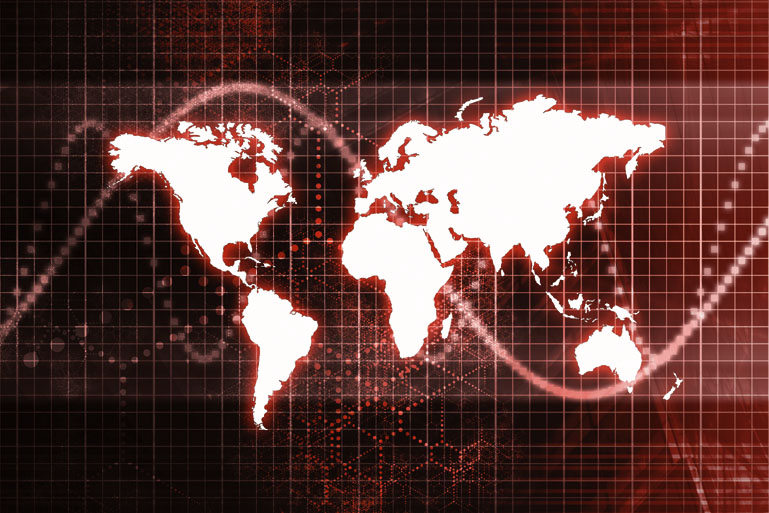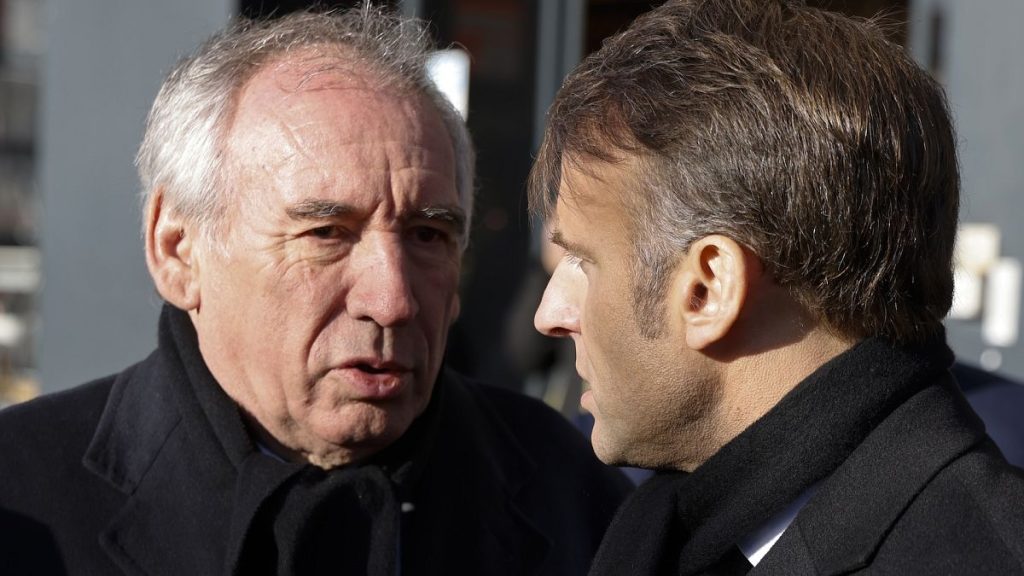France Faces Intensifying Russian Disinformation Threat

PARIS – French Prime Minister François Bayrou issued an urgent warning Friday about sophisticated foreign disinformation campaigns flooding the country’s digital landscape. France has become the European Union’s second-most targeted nation after Ukraine in what officials describe as a “hybrid warfare” offensive.
Massive Interventions from Russia
“We are detecting massive interventions coming from Russia,” Bayrou told security experts at a Viginum cybersecurity forum. Authorities documented 152 state-backed disinformation incidents targeting France in 2023-2024. The prime minister’s disclosure followed a European External Action Service (EEAS) report documenting 505 foreign information manipulation incidents across the continent. Moscow-linked operations accounted for 73% of cases.

Impact of Disinformation Tactics
Intelligence analysts traced a three-year Russian campaign exploiting social media vulnerabilities. They promoted Kremlin narratives about Ukraine’s legitimacy and questioned Western military aid. One viral deepfake video falsely showed President Volodymyr Zelenskyy admitting to staging the 2022 invasion. Meanwhile, AI-generated content portrayed Ukrainian refugees as criminals overwhelming French communities.
“The threat is immediate and affects every citizen,” Bayrou emphasized. There were recent attempts to amplify farmer protests through fake accounts posing as agricultural workers. Security services disrupted a network spreading doctored images of police violence against protesters. These images garnered 2.8 million shares before removal.
Joint Counter-Disinformation Initiatives
President Emmanuel Macron reinforced the warning during a Ukraine peace summit. He and British Prime Minister Keir Starmer announced joint counter-disinformation initiatives. “Russia tests our limits through digital attacks, social media manipulation, and economic coercion,” Macron said. The Kremlin’s alleged involvement in Romanian election interference and cyberattacks against French hospitals were also noted.

Disinformation Vectors and Strategies
European security officials identified three primary attack vectors. These include state-sponsored media outlets rebranded as independent French news sites, AI-generated content exploiting cultural divisions on immigration and secularism, and covert financing of fringe political movements through cryptocurrency channels.
The EEAS report details how Russian operatives used Parisian IP addresses to create fake LGBTQ+ advocacy accounts. These accounts promoted anti-government messages and pro-Kremlin talking points simultaneously. Viginum investigators found 68% of French-language disinformation content originated from just three troll farms based in St. Petersburg.
Challenges and Future Measures
As the European Parliament prepares for 2026 elections, officials warn the disinformation surge threatens democratic processes. A recent incident saw cloned versions of major French newspaper websites publishing false stories about EU officials planning to ban Catholic symbols. This content was later amplified by Moscow-aligned politicians.
Despite implementing the Digital Services Act and creating rapid-response teams, authorities struggle to counter evolving tactics. Bayrou announced plans to double Viginum’s budget and establish an EU-wide disinformation monitoring hub. He stated: “Our digital defenses must become as robust as our military capabilities in this new era of information warfare.”

